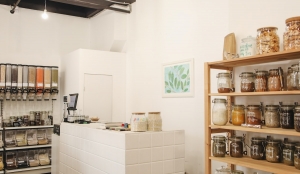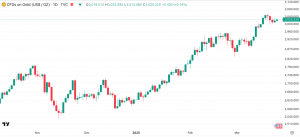Hazardous waste in BC is always an issue, as we are forever creating waste from our industries, households, and construction projects that are hazardous to both human health and the environment. British Columbia's varied topography, along with its diverse flora and fauna, also emphasizes the significance of well-planned waste management systems that address hazardous and non-hazardous toxic, hazardous non-toxic, flammable, corrosive and reactive waste.
Around the province, Hazardous Waste Transportation in BC is controlled to guard the land, air, and water systems from contamination. In all cases, whether it is households using paint thinners, batteries, pesticides, solvents or corporations using industrial by-products, safe handling of these items is a must. In BC, the consequences of improper disposal can result in legal action, expensive cleanup and lasting environmental damage. That's the reason the province has rigorous rules in place to track, transport, treat, and safely dispose of potentially dangerous materials.
There's a huge problem with public awareness on this one. A lot of homes are accidentally adding to dangerous waste in BC by tossing things like chemicals or e-waste in the regular trash. Unfortunately, this waste tends to spend the rest of its days in a landfill, where it releases toxic chemicals into the ground and groundwater. Education and convenient collection programs are essential to promote the right disposal behaviour. Drop-off depots, mobile collection events and clear labelling systems informing residents about harmful items are of great community value.
The stricter reporting and tracking regulations apply to industrial and commercial industries. Companies generating hazardous waste, including registering, classifying and tracking how it is transported to legitimate facilities. Treatment consists most often of neutralization, chemical stabilization or, at high temperatures and under controlled conditions, incineration. These measures are also essential to reduce the environmental and health impact of harmful substances.
Another issue that is gaining prominence is the tendency toward sustainability through waste reduction. In recent years, BC has moved away from a policy that encouraged industries to use greener processes and towards industries finding new ways of not using toxic substances. Replacement with more sustainable materials, better recycling systems, and even closed-loop manufacturing has started to change the way waste is dealt with from its origins.
Remote and rural communities and the handling of hazardous waste in BC Rural and remote communities face additional challenges when it comes to managing hazardous waste. Because of transportation costs and the lack of infrastructure, the proper disposal of hazardous materials can be problematic. Consequently, some regions are considering regional collaboration or mobile treatments in a bid to overcome these discrepancies. There is also increasing recognition of the need to support Indigenous communities to develop local strategies for dealing with waste, which take account of appropriate cultural and environmental impacts.
At the end of the day, the responsible handling of hazardous waste isn't just a legal obligation – it's a moral agreement to protect BC's ecosystems, waterways, and future generations. Through the power of validation, education, 21st century infrastructure and a more preventative mindset, British Columbia is moving in the right direction while addressing one of the world's major environmental challenges.
Mike Gibbs is the author of this article. For more details about Land Reclamation services in Alberta, please visit our website: whiterocktrucking.ca.





